Visitors arriving!
Waking up in a beautiful marina as La Herradura is quite pleasant I can say. We had a walk around the marina, bought some fresh bread and around 10.30 we left for Almerimar. Today our friends, Trudy and Joop, would be joining us for a few days. We had been sailing with them in Holland as they also wanted to buy a catamaran to sail around the world! Now they were coming to Spain to experience what it is and how it feels to look at the world from sea level! They bought a Fountaine Pajot Asteria 42 which would be delivered after Dusseldorf Boatshow. How exciting! Trudy and Joop flew in on Alicante and they travelled to Marina/Puerto Deportivo Almerimar. We arrived in the marina at around 18.30 and drinking champagne at around 21.30! What a great way to start the days we will be sailing!
Marina Almerimar
The marina has a capacity of 1.100 mooring spaces up to 60 metres in length! All mooring points have running water, electricity (220/380 V) and wifi. In the gas station, located in the maritime dock, you´ll be able to refuel petrol and diesel. In the Control Tower, we have every day the meteorological reports, as well as information about the condition of the sea. Our radio station is on and permanently to be listened out in the channel to 9 of V.HF.
What To See and Do in Almerimar
The population is only just over 6,000 so it is not a large place. You would come here to relax on the beaches and perhaps play some golf. You are close to the mountains of Sierra de Gádor. You could easily ski or snowboard at the Sierra Nevada in the morning and be on the beach for the afternoon – not many places can offer that variety! With over 13km of wide sandy beaches you can truly have a relaxing beach holiday with everything you need within walking distance. It’s a great area if you like nature and walking and hiking. Head west to see the Castillo (castle) Guardias Viejas. Just 30 minutes drive gets you to Almeria city with its historic castle, cathedral and shops. The magnificent city of Granada with its historic district and Alhambra Palace is 90 minutes drive away.
The greenhouses of Almerimar ….. the plastic trash of the region
When sailing along this part of the south coast of Spain about the only thing you see is white round plastic. The so-called greenhouses of Almerimar. I had no idea what this was, never saw something like this before. So I wanted to know what’s behind this white plastic trash. The story behind these greenhouses is not always very positive ….The first greenhouse was built in 1963. The use of polyethene as a substitute for glass had already been tested in the Canary Islands and Catalonia before. The plastic was spread over wooden posts or metal structures and secured by wire. The transparent plastic intensifies the heat and maintains the humidity. This allows harvests to be harvested one month earlier than in the open field and more ahead than in other regions, starting harvesting in December and allowing the plant growth of the autumn-winter plantings until March, doubling and sometimes tripling the number of harvests. The greenhouses are almost all hydroponic—growing vegetables in water, air and a chemical stew of fertilizer, herbicide and pesticide. Due to the hot and extremely difficult working conditions inside the greenhouses, almost all of the human labour is imported. What you can’t see are the thousands of people that toil under the polythene sheeting. They’re mostly migrant workers who have come here seeking a better life, many risking their own lives on the way. Moroccans, Senegalese, Malians. All in search of their European dream. But the reality, for many, is something altogether different. Up to 120,000 people work here, producing nearly three million tonnes of fruit and veg every year for export across northern Europe. Some actually live inside this plastic maze. At night, when the security gates are closed, they are locked in. It looks abandoned but inside this ghostly maze, there is an army of invisible workers who pick fruit and vegetables all day hidden under a tarpaulin that can reach as hot as 50 degrees in the summertime. Working conditions here are even worse. Inside the greenhouses, there is no ventilation: The door, the windows … everything is closed. There are no sanitary facilities and that they have to leave the greenhouse to defecate in the open and clean themselves with stones. When inspectors come toilets are cleaned and provided with toilet basics. Workers are also provided with better working tools and gear. Once the inspection leaves, it’s back to normal again. Workers can go on without being paid for months. Sometimes they reach three months without being paid. Workers are suffering from pesticide exposure, and wear hardly any protection. They have to buy that themselves. You have the obligation to work with sulphur. The problem is that the sulphur covers all your face and gets in your eyes every day. If employees complain they are blacklisted in a registry of ‘rotten sardines’. Those in the list are forced to work harder, pushing around heavier trolleys and, if they keep complaining they are eventually sacked. It is hard to imagine that our salad bowls can contain so much suffering. Never could even imagine the sadness behind the white plastic trash along this coast!


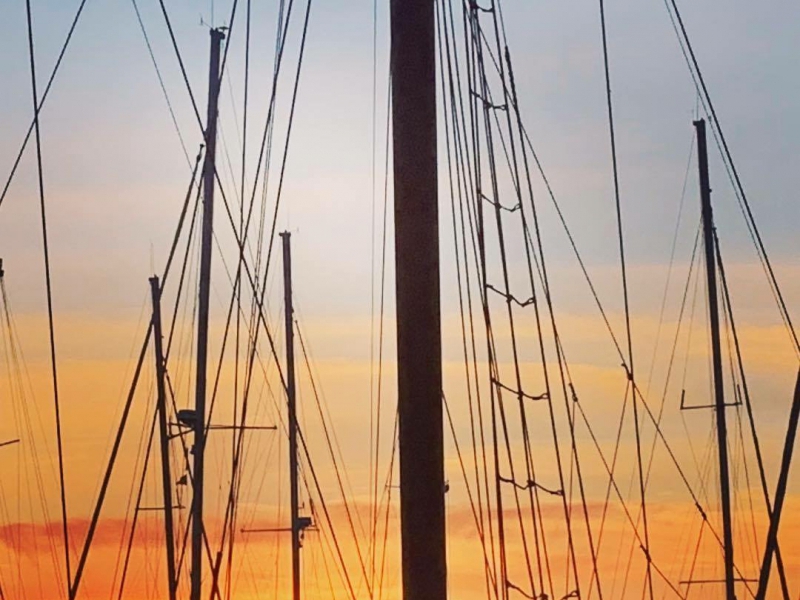
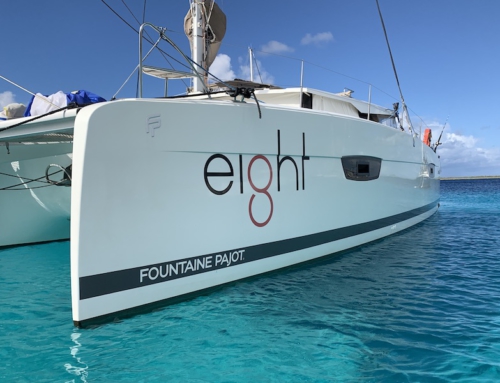
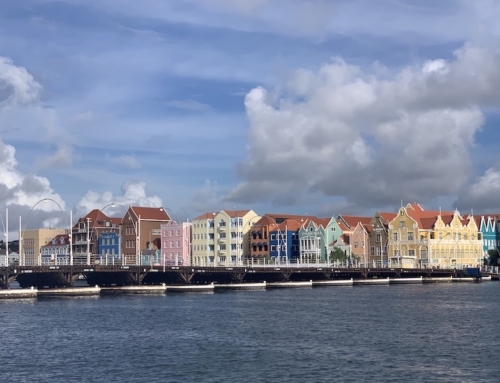
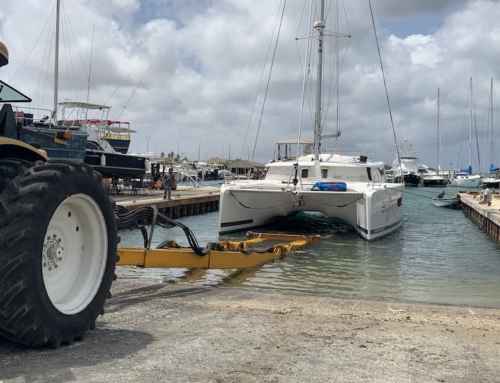
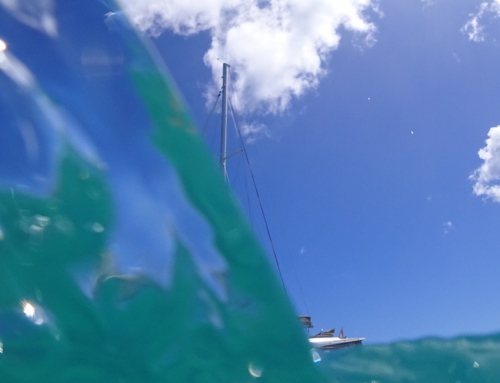
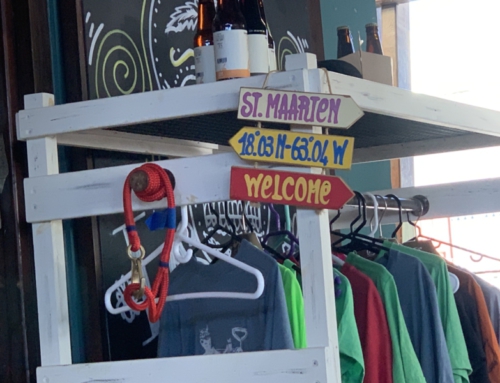
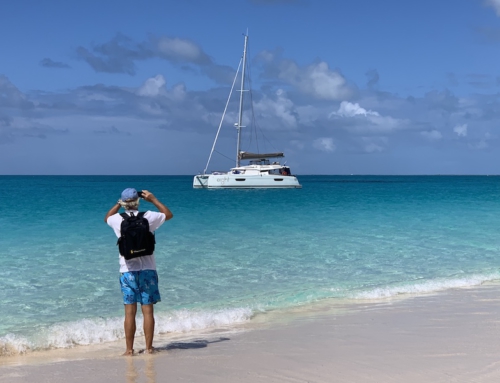
Leave A Comment